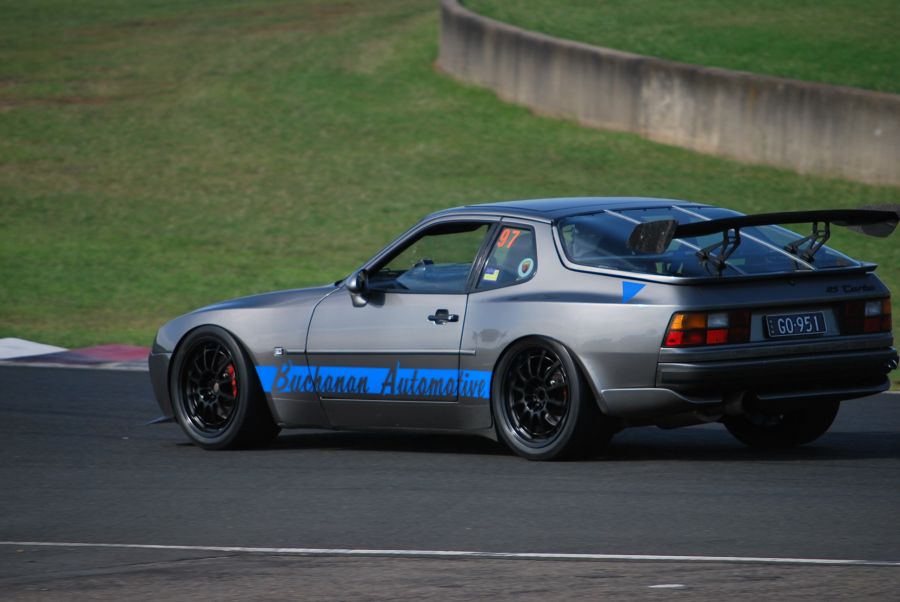ORIGINAL: John Sims
ORIGINAL: George Elliott
....... So why do we have Low profile rubber on modern cars? I can only think its simply - it looks good?
George
944t
964
The lower the profile the larger the wheel diameter the bigger the brake discs. While F1 cars have retro tyres [

] look at GT and sports prototypes of 15 years ago and onwards. The diameter of an F1 wheel seems to have changed little in 30 years. There is little doubt the tyre technology has improved greatly though and the tyres are an integral part of the suspension characteristics of an F1 car.
There is also an argument that short side walls are stiffer so the tread has less lateral movement. This is perhaps true and no doubt contributes to the increase in tramlining we experience when going up a wheel size.
Low profile tyres certainly compromise ride quality when on the road, introducing a noticeable increase in choppiness and reduction in damping of small bumps and road imperfections. Having upped the diameter of wheels on two cars recently the only noticeable difference has been in a reduction in insulation from the road surface. I would be hard pushed to suggest a dramatic improvement in handling In short, on the road, the most comfort is available with the tallest tyres you can get.
So, considering the above, there is little that looks more ridiculous than big tall wheels shod with little more than thick rubber bands when you then look inside the wheel an see a tiny brake disc. [:'(]










